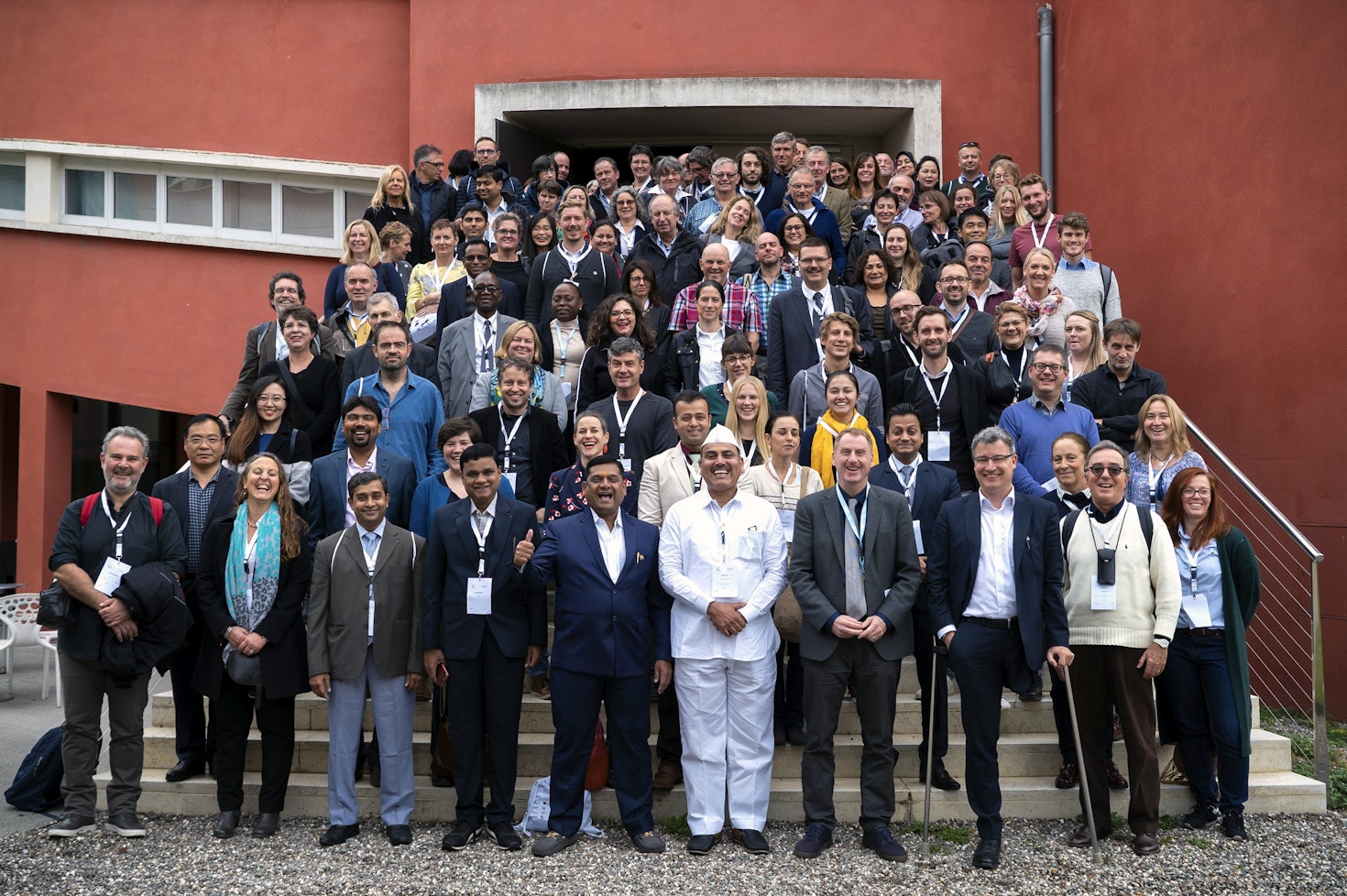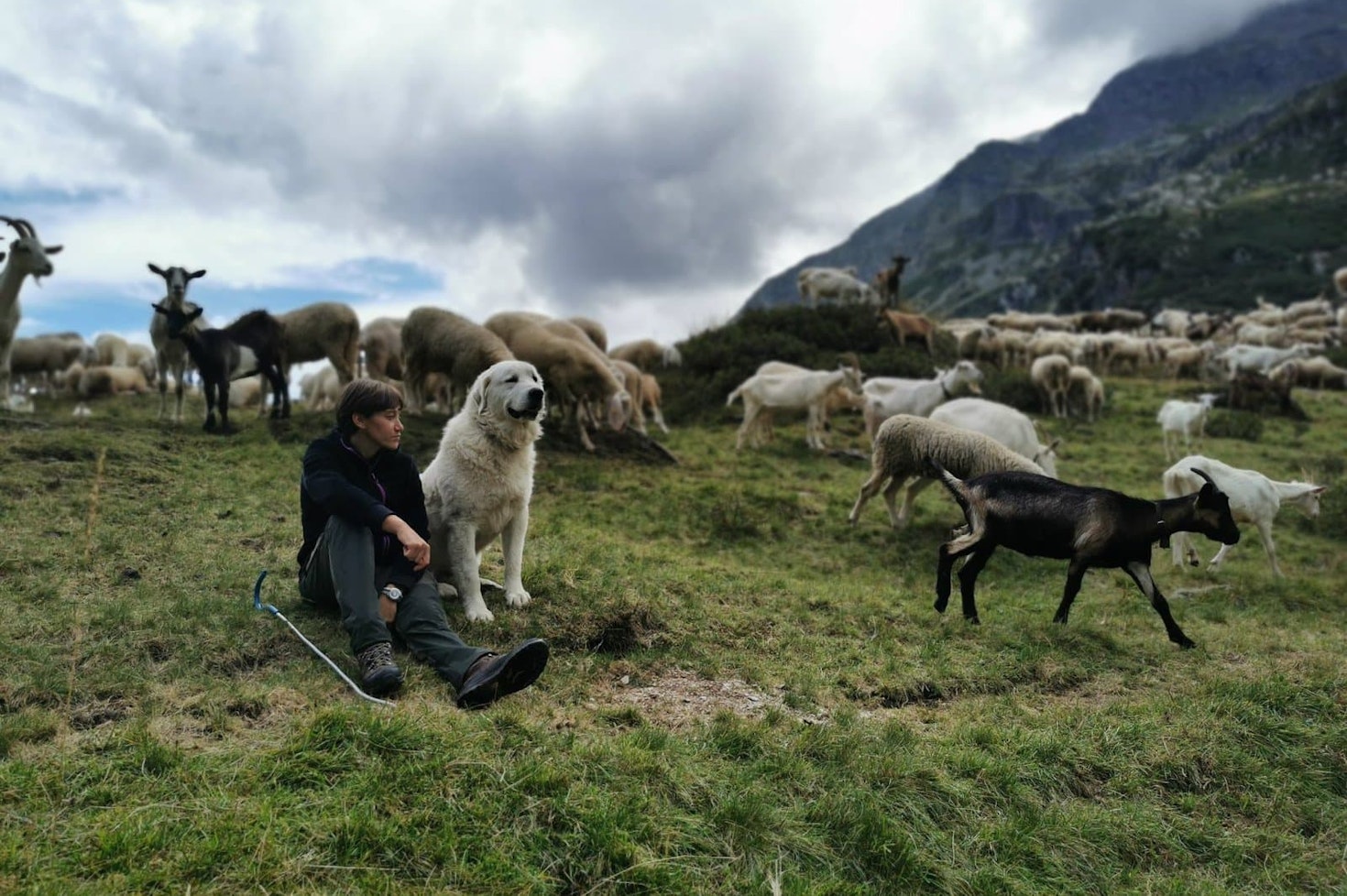
Agritourism Global Core Values
 Barbieri Carla
Barbieri CarlaInstitute for Regional Development
Promoting social justice, supportive and resilient communities and increasing environmentally friendly mindsets is the goal of our transformation research at our Institute. By fostering relationships with the people in South Tyrol's valleys and other mountain regions and endowing citizens with responsibilities as our co-researchers, local knowledge and science combine to shape the future in a sustainable way.




Data refer to the last issue of the Activity Report. See all Facts & Figures.